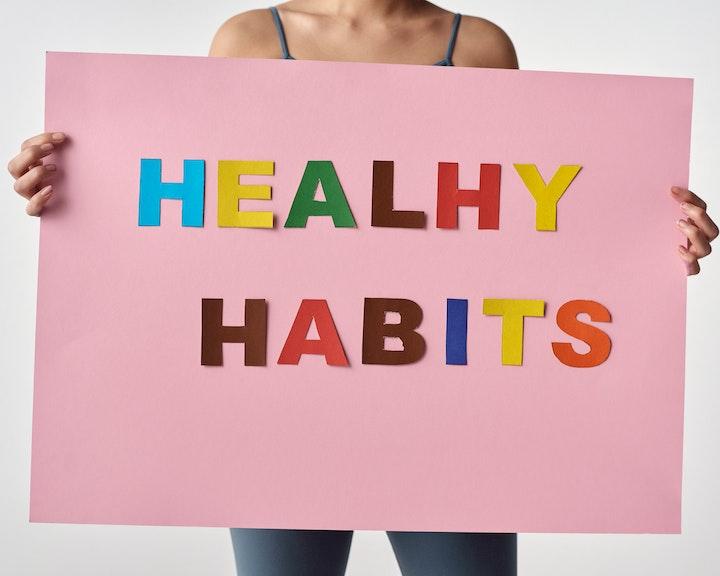Rhythmic sound creates unique social contexts that promote behaviors linked to bonding. For example, people who move in synchrony with each other feel closer than those who don’t. This is especially true for music that is familiar and enjoyable.
That’s why kids like dancing to their favorite tunes and why parents love singing lullabies to their babies. These activities help increase oxytocin levels, which facilitates bonding.
Table of Contents
Synchronization
Music is a powerful social magnet, and the experience of synchronized movement with others can create strong bonds. It can also reduce a person’s sense of separateness and increase their trust in others. This is why music has survived in every culture and is essential for human social development.
Researchers have found that listening to music together activates areas of the brain associated with empathy and cooperation. One such area is the “theory of mind” network, which helps us understand other people’s intentions. Music also stimulates oxytocin, a neuropeptide that increases trust and bonding.
Another study analyzed the effects of synchronous movement on inter-group relations. After a brief identity-building activity, participants were asked to perform actions in sync with the opposite group. This exercise significantly reduced inter-group biases and increased bonding between the groups. However, it did not affect in-group favoritism. In this way, synchrony can promote cross-cultural understanding and foster inter-group cooperation.
While music is often seen as a solo activity, music strengthens social bonds when performed in a public setting. A concert, for example, is an opportunity for thousands of people to share the same experience. This shared experience creates a sense of community that is difficult to find in today’s virtual communication and isolation world. It can even bring people from different cultures closer together, as was evident during the Covid-19 pandemic when thousands of Italians came out to sing their national anthem together.
Emotional bonding
Music has created a sense of unity in cultures throughout history. It has also been used for social change, such as in the Civil Rights movement, with songs like “We Shall Overcome” and “Strange Fruit.” It can bring people from different backgrounds together to form new relationships. Music is also a powerful way to express emotions, build trust and strengthen bonds. In addition, music can increase the levels of oxytocin, which is known as the love hormone. Oxytocin is associated with empathy, compassion, and generosity, which can contribute to forming strong family bonds.
Researchers have found that the affective aspect of social entrainment is influenced by musical taste and enculturation. For example, people who enjoy the same music synchronize more than those who do not. This effect is stronger if the music is familiar, and enjoyment is a better predictor of the amount of synchrony than beat clarity.
Research has shown that families who listen to the same music are more closely aligned with each other. This is because musical tastes are part of a person’s culture and can influence how they see others. For instance, studies have found that when people are exposed to music from their home country, they implicitly prefer facial pictures of people from that culture.
Social cohesion
Social cohesion is a concept that has been used in various ways by governments and the public. It can be used as a tool to prevent violence or racial and religious intolerance, and it can also be applied to political domains, such as governing the nation. Despite the many applications, several aspects of social cohesion still need to be adequately accounted for in research. The present study addresses these gaps by proposing a generic framework for characterizing social cohesion. This framework has three levels, each associated with a specific phenomenon aspect.
The first level of social cohesion is related to a group’s shared norms and values. This aspect can be measured using various methods, including chi-square and logistic regression analysis. The second level of social cohesion is related to relationships and ties. This can be measured using several ways, including friendship networks and social capital. The third level of social cohesion is associated with a group’s cultural and behavioral characteristics. This can be measured using several techniques, including content and social network analysis.
It is important to note that the term “social cohesion” does not necessarily imply a sense of homogeneity. It is an important goal for the Scanlon Institute to communicate effectively and avoid misunderstandings that might lead to misguided policies. Rather, social cohesion is meant to foster an understanding of diverse cultures and identities in Australia.
Family bonding
Whether playing music with your kids, having a dance party at home, or singing along to the radio on a road trip, incorporating musical experiences into everyday family life is a powerful way to foster a strong bond. The key is to choose music that everyone can enjoy. Often, the most meaningful musical experiences are simple and spontaneous.
For instance, research has shown that playing or listening to music for half an hour can increase oxytocin levels in the brain. Oxytocin is the hormone responsible for bonding and trust. It also increases feelings of empathy and generosity towards others.
Another important benefit of music is that it teaches people how to cooperate. This is especially evident when playing music in a group, such as a band or choir. In addition, the rhythm of music eases people’s interactions by synchronizing their brain waves. This is one reason why people in music-rich societies are more likely to agree on decisions and support their community.
Adding music to your family activities is easy. You can even use music to boost the impact of other activities, such as movie nights or family games. Playing a game together requires teamwork, which can be the perfect way to strengthen your relationship with your children.
Also, Read – 5 Reasons Why Fire Hydrant Flow Testing is Crucial for Your Safety




